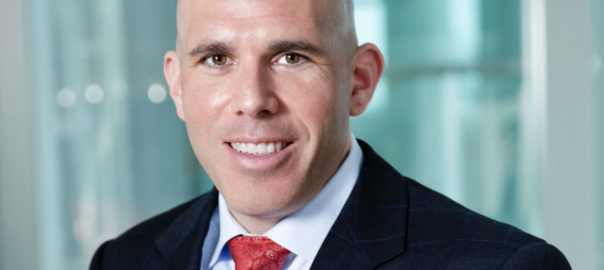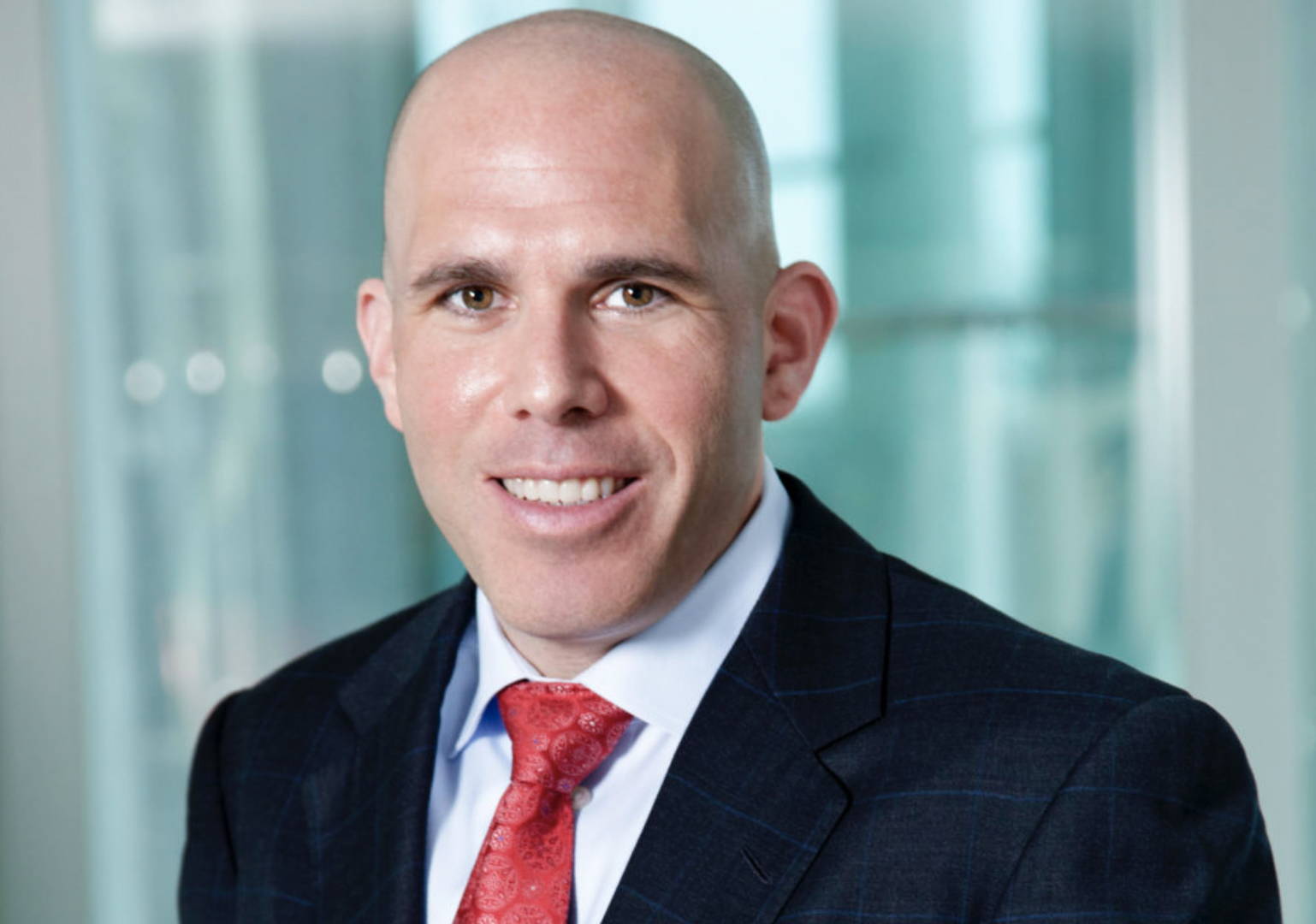
SCOTT RECHLER’S RPA CENTENNIAL GALA REMARKS
Since this is my last event as the chair of the RPA, I hope you will indulge me while I offer a few of my thoughts on where we stand as a region and the important role the RPA can play in guiding us forward.
As 2022 comes to a close and COVID-19 hopefully drifts more into the rearview mirror, it’s increasingly clear that our “new normal” will be anything but normal.
Over the past two years – everything from how we live, how we work, how we get our goods, to how we travel, and more, has been disrupted and upended in different ways.
Some of these disruptions were predictable. But many of them were not. And we will grapple with the aftermath for years to come.
With soaring inflation and a looming economic slowdown, the next few years will likely be particularly challenging as we transition to a new normal that impacts our office buildings, our downtowns, our transit systems, and the thousands of small businesses that depend on these ecosystems.
But over the longer term, I strongly believe that we stand at the cusp of the greatest period of growth and opportunity since World War II.
This will be a period that I now refer to as “The Great Recalibration.” — a period where we will have decades of outsized growth and unprecedented investments in decarbonization, deglobalization, and digital transformation.
This will be a period where we harvest the extraordinary scientific and technological innovations developed during the pandemic, which will only increase our economy’s productivity and potential. And besides capital, the most important factor to fuel this transformation is talent.
Fortunately, there is no other place in the world that is better positioned to capitalize on this moment than the world’s talent capital – the New York Metropolitan Region.
But capitalizing on this opportunity requires thoughtful planning, smart policies, and transformative projects. And there is no other organization that is better positioned to lead this effort than the RPA.
With this in mind, I offer three areas of focus where I believe the RPA’s leadership is essential as we move forward.
First, we must restore faith in our public institutions, particularly government.
For example, the Second Avenue Subway has the dubious distinction of being the most expensive subway extension in the world.
And it was recently announced that before a shovel is even in the ground, another several billion dollars have been added to the new Gateway rail tunnel project.
If the public doesn’t believe that government can manage its resources responsibly then there isn’t going to be any support for public projects.
And an essential part of the RPA’s mission is to hold these agencies accountable so that they not only reinvest in our infrastructure, but they reinvent how they invest.
But an equally important element of the RPA’s mission is to highlight those projects that defied the status quo and were delivered on-time and on-budget.
Projects such as the public/private partnerships at the Port Authority to replace the Goethals Bridge and build a new world-class LaGuardia Airport.
Or the Long Island Rail Road’s Third Track, where the MTA employed design/build and an innovative community engagement process to deliver the project on-time and on-budget.
These projects highlight that in the Great Recalibration, playbooks of the past have been rendered obsolete.
But restoring the public’s faith in government goes beyond just delivering projects more efficiently.
We also need our government leaders to think creatively to deal with the challenges that we have before us, including leveraging private sector ingenuity and discipline.
A good example is East Midtown Rezoning.
Here, the government laid out the ground rules, provided the right incentives, and the private sector acted. This led to the construction of not just One Vanderbilt, the project we are honoring tonight, as well as the new JP Morgan office building currently under construction.
These projects do not happen without this smart, forward-thinking policy.
But we shouldn’t stop there. We should build upon this innovative approach to incentivize the repurposing of under-utilized and obsolete assets such as parking lots, malls, office buildings, and more into new uses such as critically needed housing.
The second area of focus for the RPA is overcoming NIMBYism.
NIMBYism is a plague that has stopped far too many critical projects from ever getting off the ground.
Throughout my over 30-year career in real estate and civil service, a constant has been that people want change but not in their own backyard.
Housing is too expensive, and options are limited but don’t build a new apartment in my neighborhood.
Homelessness is a blight, and those who live on our streets deserve help, but don’t put a homeless shelter on my block.
Transitioning to clean energy must be a priority, but don’t build a new transmission line near my house or obstruct my ocean view.
Our mass transit system is the lifeblood of our region, but someone else has to pay for it.
NIMBY-ism is a constant threat where everyone wants change, but only if it occurs somewhere else.
And this is where the RPA role is vital.
With our Board and leadership, we have an unparalleled ability to play the air game and ground game.
We can speak directly to policymakers with fact-based, data-driven research, and with the deep relationships we have throughout the region, we can speak directly to communities to build the necessary grassroots support to move essential projects forward.
My third and final area of focus for the RPA derives from our organization’s name – we must think regionally.
As I said before, growth in the new normal will be driven by talent. Fortunately, New York City is the world’s capital for talent.
But our biggest asset is also our biggest liability. As the best and brightest from around the world flock here, we find ourselves with an affordability and a capacity challenge.
Thankfully, New York City doesn’t have to solve these challenges alone.
Our 28-county inter-connected region holds the key to our ability to thrive moving forward.
So, when companies think about leveraging our talent, they don’t just have access to a city of eight million people. They have access to a region of over 22 million talented, ambitious, diverse, and creative people.
In turn, this connectivity allows for unparalleled access to numerous vibrant affordable communities, while still being directly connected to the greatest economic engine in our nation’s history.
No other region in the country can compete with this level of scale.
Since its inception 100 years ago, the RPA has approached our challenges with a regional lens.
It has been embedded in the organization from the first regional plan to the last, and it is through this lens that we will thrive in the Great Recalibration.
I want to conclude with a final thought.
For the past 100 years, our region has done nothing but evolve and reinvent itself over and over again.
Progress has never been a straight line, but our evolution has enabled this region to become the most dominant in the country.
The Great Recalibration is our opportunity to position our region for success for the next 100 years— what I call, our pandemic pivot.
And there is no better organization to help lead us through this pivot than the RPA.
It is the RPA and the leaders in this room who can make sure that we are not prisoners of the past but pioneers for the future as we transition to life in the new normal that is more prosperous, more equitable, and more sustainable than before.
This is the RPA’s greatest strength, this is the RPA’s charge, and this is the RPA’s moment.
Thank you again for coming tonight. And thank you so much for this honor and for your support of the RPA.
Scott Rechler is CEO and Chairman of RXR Realty (NY). He is the former vice chairman of the Port Authority of New York and New Jersey and current chairman of the Regional Plan Association, and a member of the Metropolitan Transportation Authority board.

